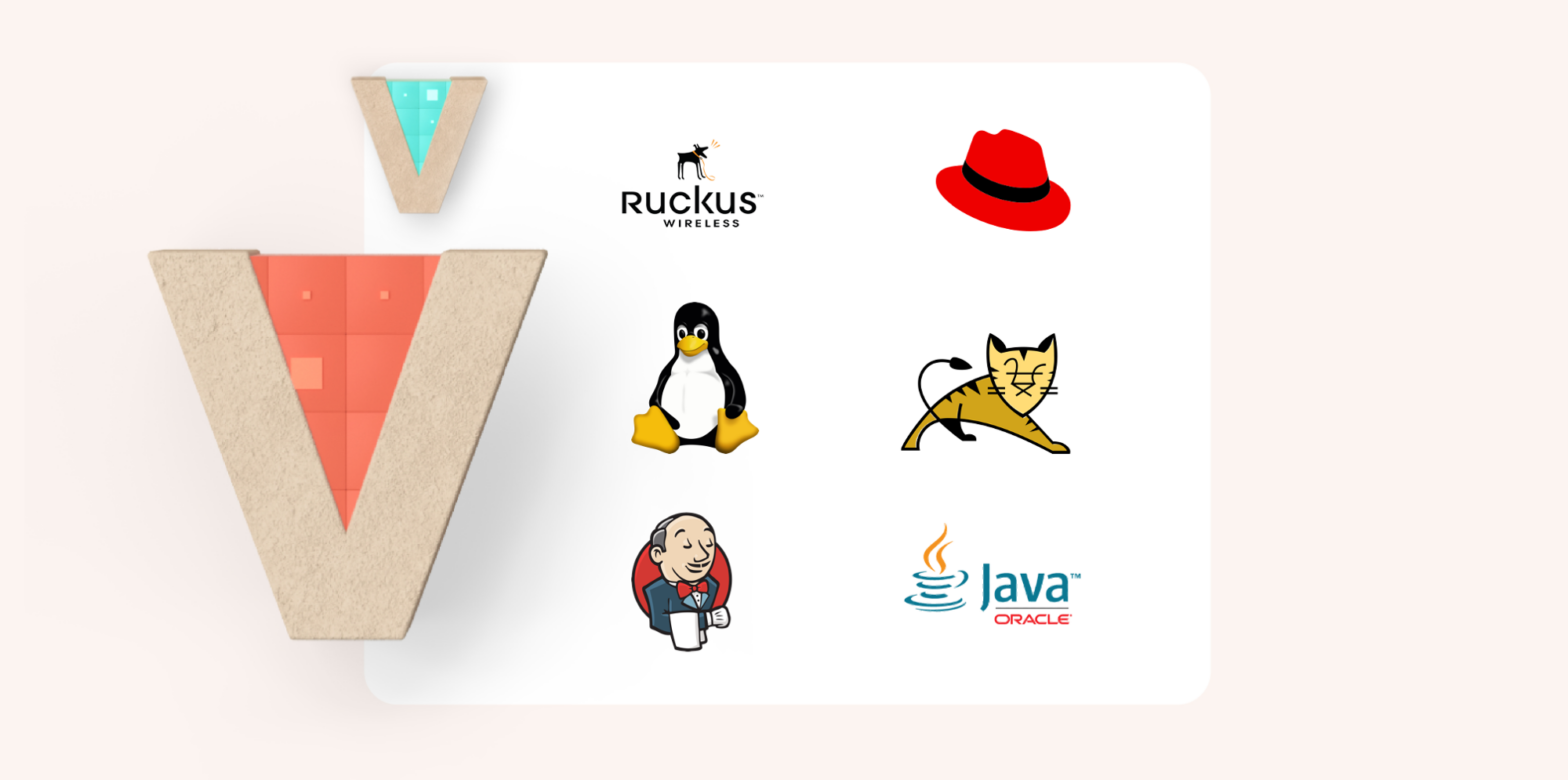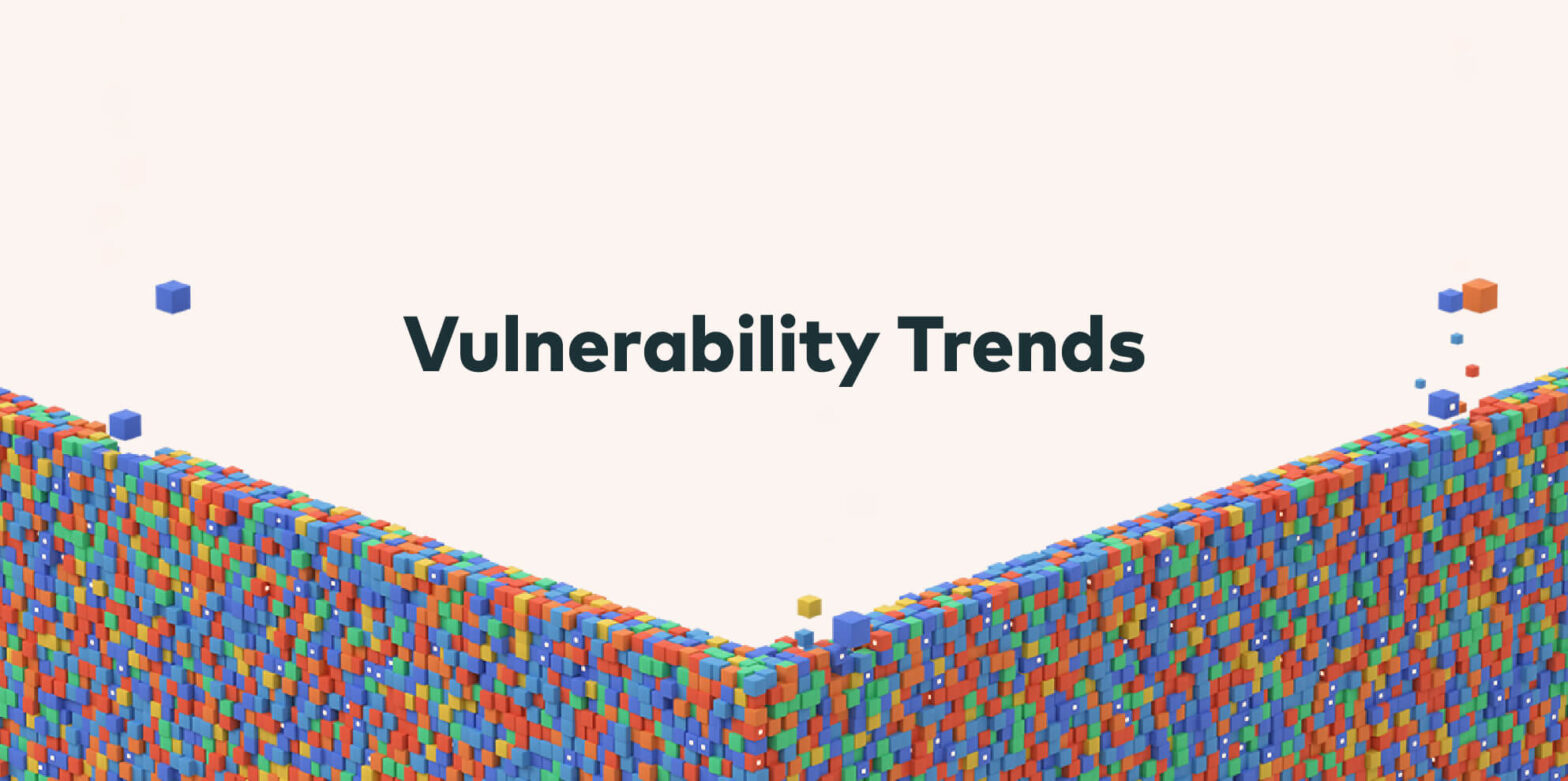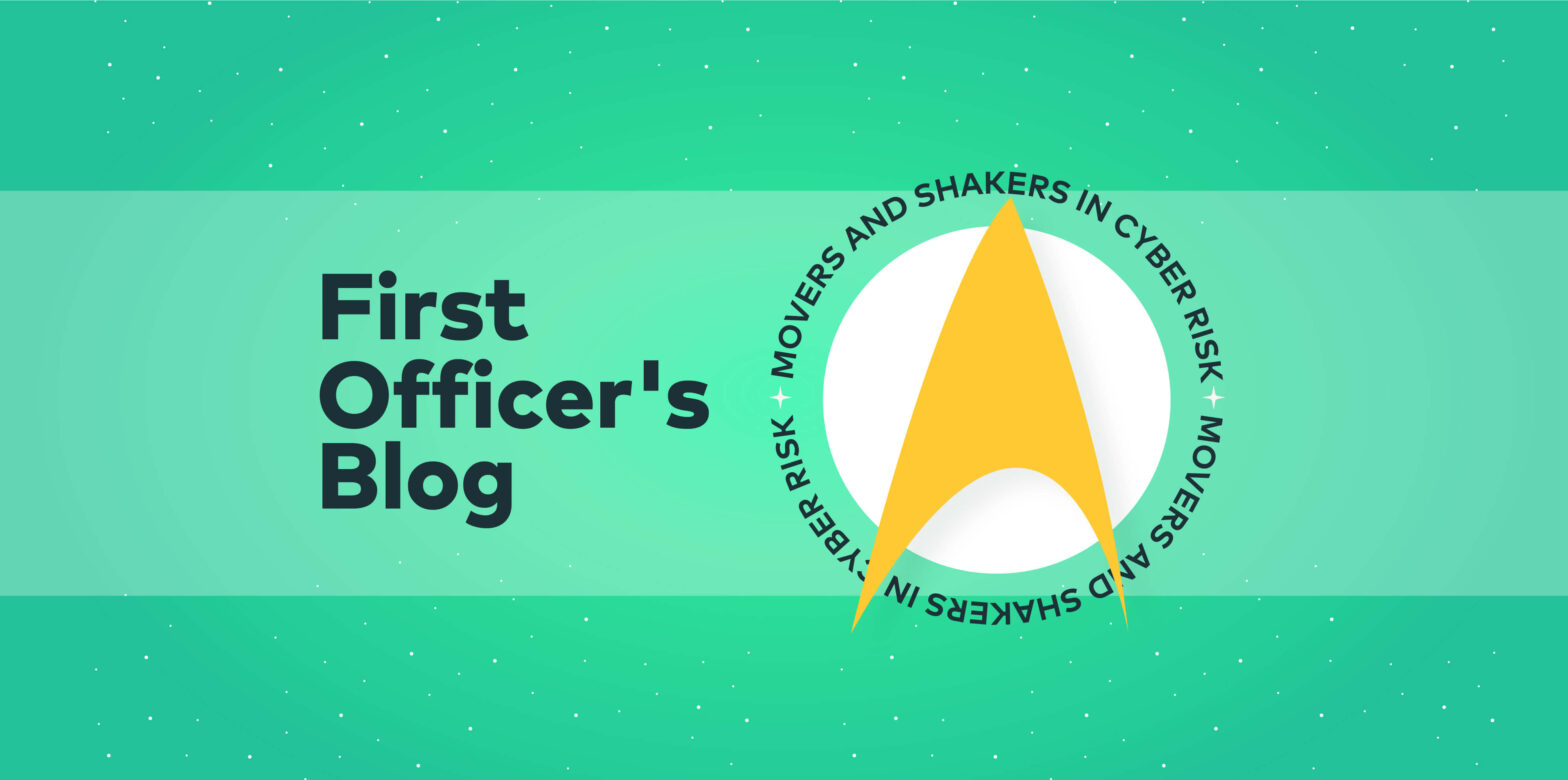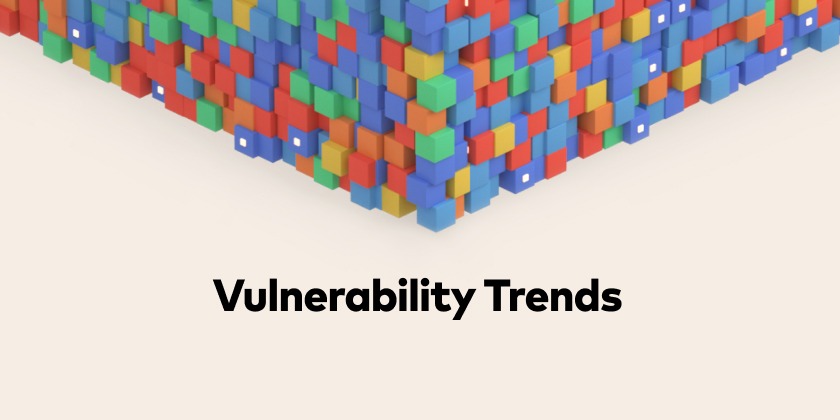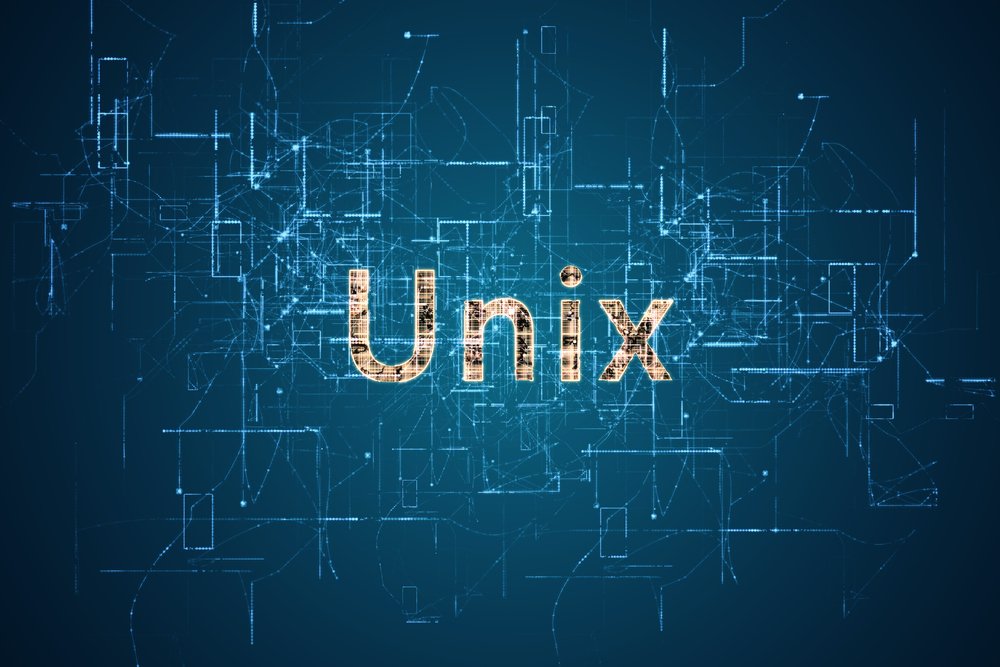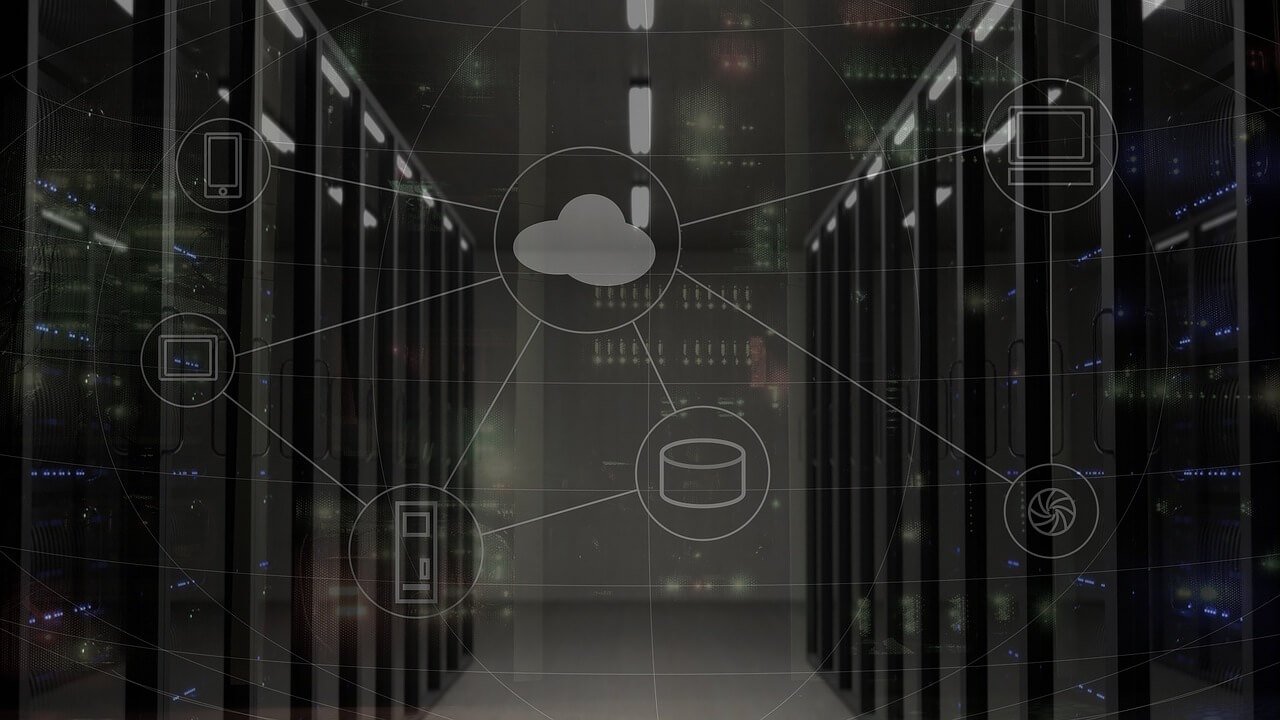The U.S. Cybersecurity and Infrastructure Security Agency (CISA) recently expanded its Known Exploited Vulnerabilities catalog by adding seven more Linux-related vulnerabilities. Interestingly, some of these vulnerabilities aren’t fresh threats; one even traces back to 2010. Despite their age, these vulnerabilities are still being actively exploited, causing significant concerns for federal enterprises. Among the new entries… Continue reading CISA’s KEV additions: Linux under threat?
CISA’s KEV additions: Linux under threat?
